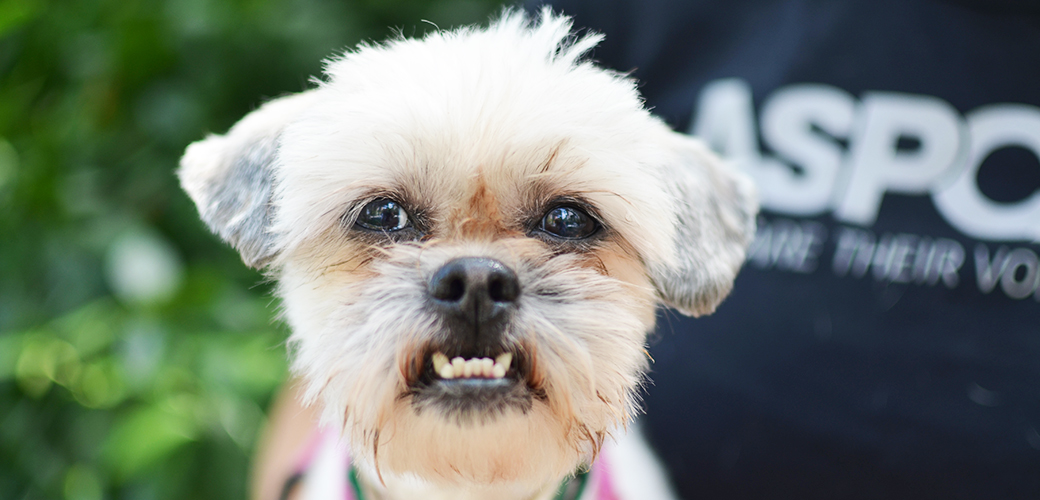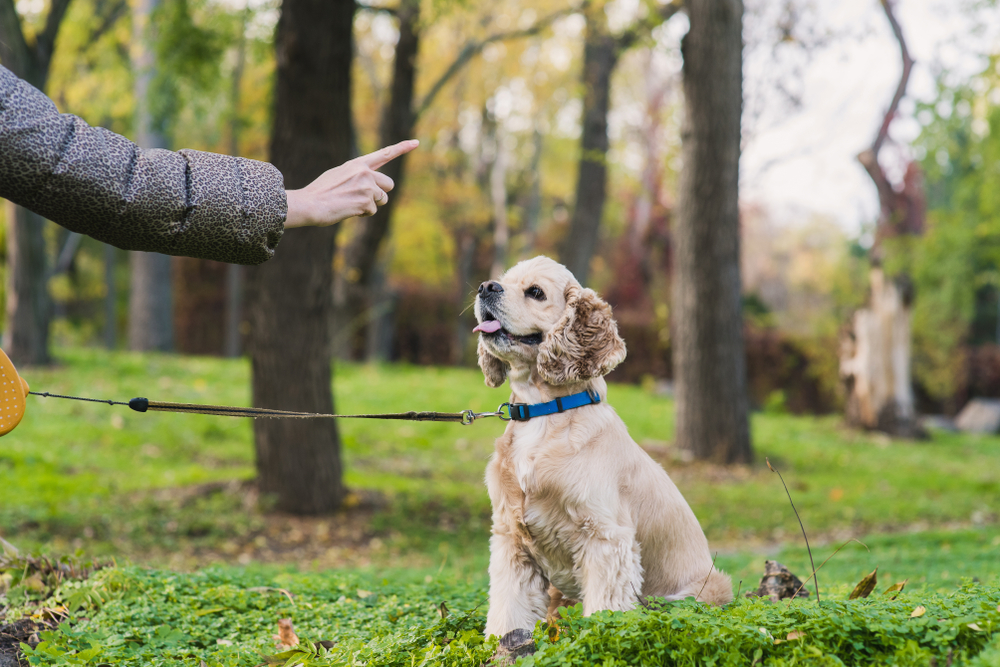As much as we love our furry friends, sometimes dogs can become aggressive, which can be a frightening experience for both the dog owner and those around them. Aggression in dogs can manifest in various ways, from growling and barking to biting and attacking. If your dog is showing signs of aggression, it’s essential to address the problem as soon as possible. Here are ten tips on how to deal with aggression in dogs.

1. Identify the Cause of the Aggression
The first step in dealing with aggression in dogs is to identify the cause of the problem. There can be several reasons why a dog becomes aggressive, including fear, territorialism, frustration, and medical conditions. By understanding what is causing your dog’s aggression, you can take the necessary steps to address the problem effectively.
2. Train Your Dog
Training your dog is essential to help them understand that aggressive behavior is unacceptable. Basic obedience training can help improve your dog’s behavior and teach them to follow your commands. Additionally, training can help build trust between you and your dog and improve your bond.
3. Socialize Your Dog
Socializing your dog can help prevent aggressive behavior from developing in the first place. Exposing your dog to different people, animals, and environments from a young age can help them become more comfortable and confident in various situations.

4. Use Positive Reinforcement
Positive reinforcement is a highly effective way to train your dog and encourage good behavior. Rewards such as treats, praise, and playtime can help reinforce positive behavior and make your dog more willing to obey your commands.
5. Avoid Punishment
Punishing your dog for aggressive behavior is not recommended. It can increase anxiety and fear in your dog, leading to even more aggressive behavior. Instead, focus on training and positive reinforcement to improve your dog’s behavior.
6. Use a Leash
Using a leash can help you control your dog’s behavior in public places and prevent them from acting out aggressively. A leash can also help prevent your dog from running away or getting into potentially dangerous situations.

7. Seek Professional Help
If your dog’s aggression persists despite your best efforts, it may be time to seek professional help. A professional dog trainer or behaviorist can assess your dog’s behavior and develop a customized training plan to address the problem effectively.
8. Consider Medical Conditions
Sometimes, aggression in dogs can be a symptom of an underlying medical condition. For example, thyroid problems, brain tumors, and other illnesses can cause changes in behavior. If you suspect your dog’s aggression is due to a medical issue, consult with your veterinarian.
9. Be Patient
Dealing with aggression in dogs can take time and patience. Consistency is key when it comes to training your dog, and it may take several weeks or months to see a significant improvement in their behavior. Stay committed to the process and remain patient with your dog.

10. Keep Your Dog Safe
Finally, it’s essential to keep your dog and others safe while addressing their aggressive behavior. If your dog is prone to aggressive outbursts, keep them away from situations that could trigger their aggression. Additionally, make sure your dog is appropriately restrained and supervised when around other people and animals.
In conclusion, dealing with aggression in dogs can be a challenging and sometimes stressful experience. However, with the right approach and a commitment to training and positive reinforcement, it is possible to improve your dog’s behavior and prevent future aggressive outbursts. Remember to stay patient, seek professional help if needed, and always prioritize the safety of your dog and those around them.